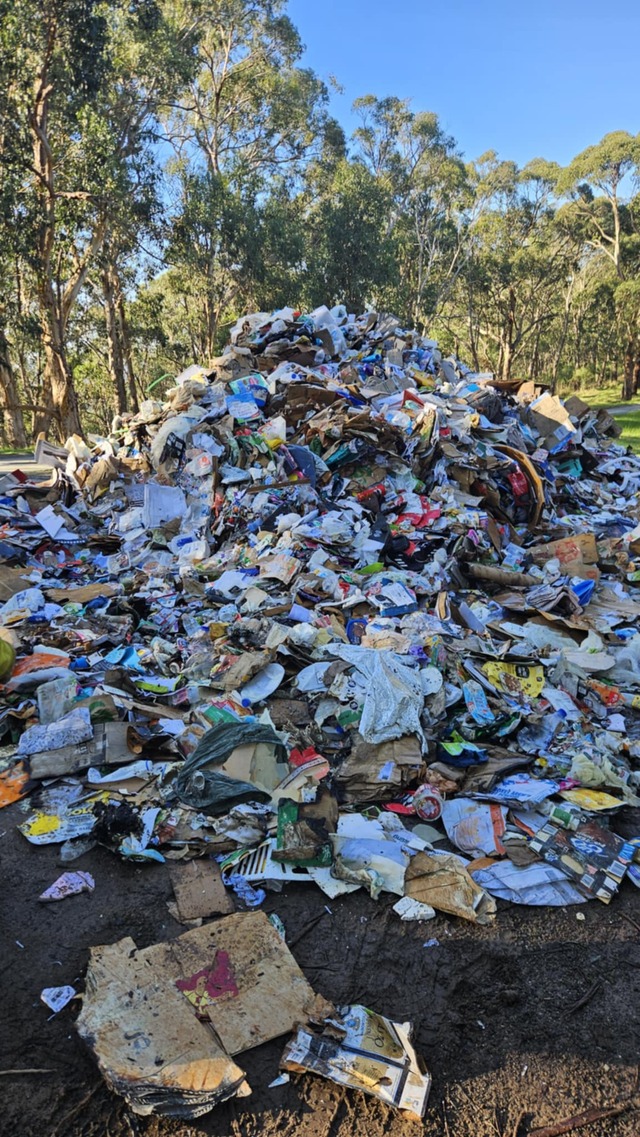By Melissa Donchi
A CHUM Creek man has been diagnosed with Legionnaires’ disease by the Victorian Health Department.
Graeme Wilkinson had been experiencing severe chest pains and shortness of breath when he decided to consult a doctor.
Lucky for him he did because his chest infection turned out to be Legionnaires’ disease – a serious and sometimes fatal form of pneumonia caused by the bacteria Legionella.
According to the Health Department’s Infectious Diseases Unit, not all cases of Legionnaires’ disease are severe, but up to 10 per cent of cases can be fatal.
“I am very lucky that I had such a vigilant doctor,” Mr Wilkinson said.
“I went to Doctor Rogers in Healesville complaining of something as simple as chest pains and he was prepared to cover all bases to find out what it could be.”
Legionnaires’ is difficult to diagnose with symptoms similar to a severe flu infection, ranging from a high fever to a dry cough.
It can take between two and 10 days for symptoms to appear but in most cases symptoms begin after five or six days.
Gembrook MP Tammy Lobato received a similar scare last year after her doctor found the Legionella bacteria in her blood results.
“I had been very sick for some time,” Ms Lobato said.
“It was very similar to pneumonia, I had a chest infection and had a cold every few weeks.”
As it turned out the levels of bacteria were not high enough to constitute Legionnaires’ at the time but health officials did concede she may have had it in the past and not realised.
“It was a very confusing time for me because I didn’t know much about the disease and it all happened so fast,” Ms Lobato said.
“I was in Parliament when I got the results and then I was sent off to the hospital where I stayed in solitary confinement.”
Mr Wilkinson said he also feels confused and worried about his condition and the safety of others in the community.
“This is an issue that needs to be addressed in the interests of the wider community,” Mr Wilkinson said.
“People over 55 should be made aware that they are in the highest risk category and there should be information readily available for them.”
But while the health department is currently investigating his case, the community will not be informed of the results.
According to a media spokesperson for the health department, Bram Alexander, statistics are not kept on areas as small as the Yarra Valley but as part of more general statistics for the eastern region. “If there was an outbreak of the Legionnaires’ we would notify the community but in isolated cases such as this there is no need,” Mr Alexander said.
Most Legionnaires’ outbreaks stem from cooling towers and although Mr Wilkinson can’t remember if he has visited one he does say that people should be warned about their changing environment.
“Healesville is not the same place as it was 20 years ago,” Mr Wilkinson said.
“The town has grown enormously since then and we now have larger and more complex buildings with big air conditioning systems.
“We need to rethink out attitudes to this disease to adapt to our changing environment – so if in doubt contact your doctor.”
Legionnaires’ disease strikes
Digital Editions
-

Yarra Ranges residents reminded to not put batteries in bins
An important notice reminding Yarra Ranges residents to not put batteries and other hazardous items in their bins went out on 17 December. On Monday…





